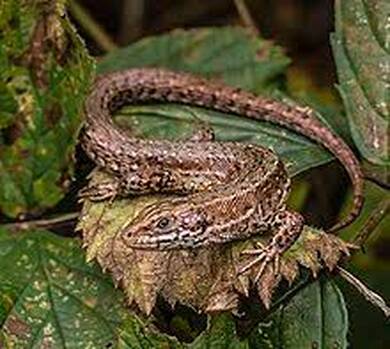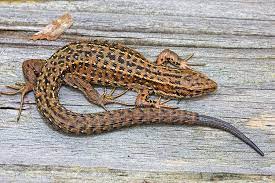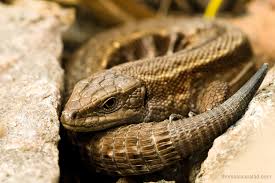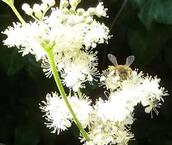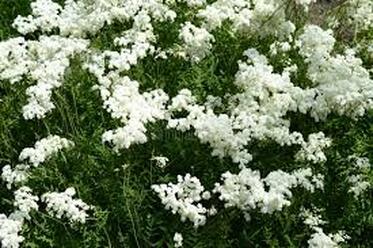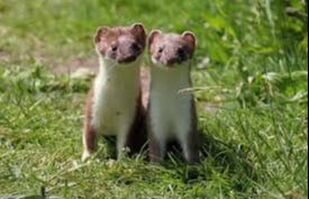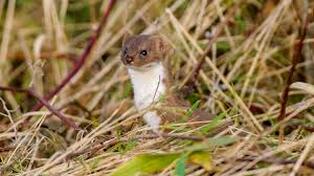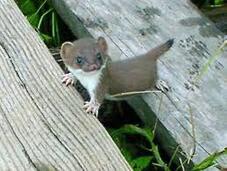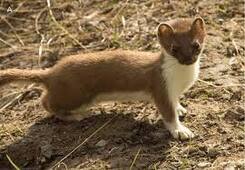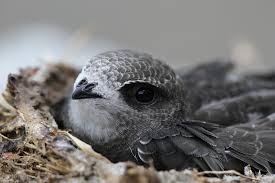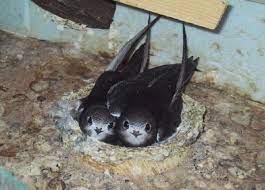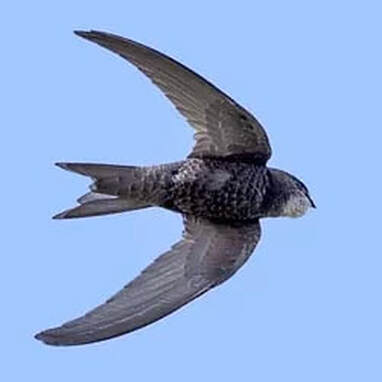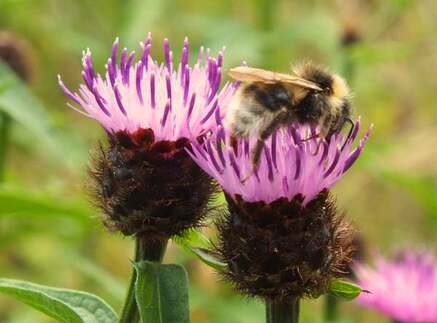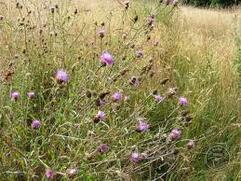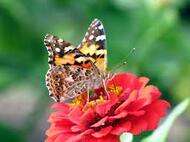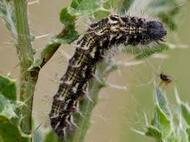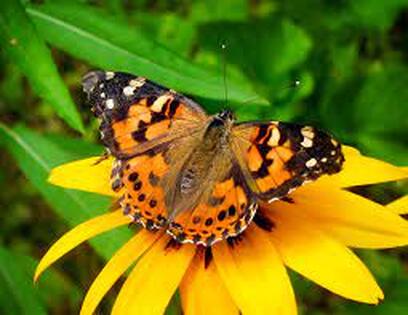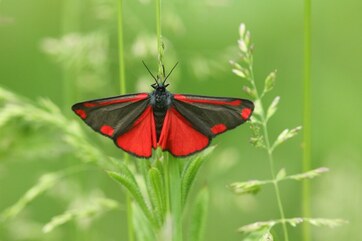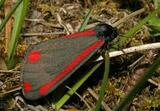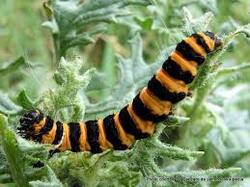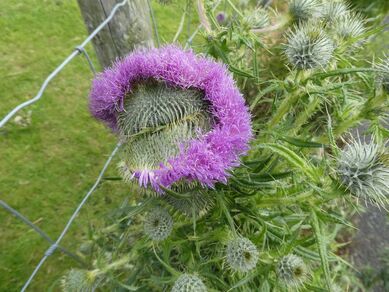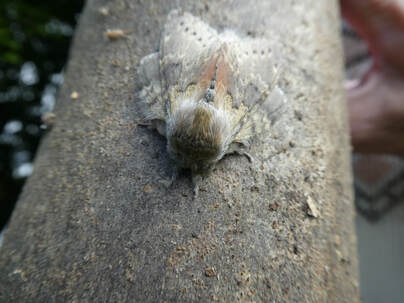Common lizard (Zootoca vivipara)Female common lizards are currently laden with eggs, having mated in spring. They spend long periods basking on rocks, fences or open ground to warm their swollen bellies. The eggs hatch internally, and the brood of half-a-dozen little black lizards is ‘born’ this month or next.
|
Stoat (Mustela erminea)These russet-backed, cream-bellied mustelids are not rare, merely stealthy. Usually, all you’ll see is a flash of brown as one streaks across a path or country lane. But if you’re lucky, you might spot a female hunting rabbits or voles in broad daylight for her kits, born in April or May. Near the den, the young can be very playful, chasing one another around dry-stone walls and old rabbit burrows, practising the pounces on which they will depend when they soon disperse.
|
Common swift (Apus apus)You may hear the sound of their screaming parties (that’s the technical term), where squadrons of swifts tear helter-skelter around rooftops at dusk. These boisterous social gatherings include breeding pairs and non- breeders, becoming more frequent as summer wears on and the birds’ August migration approaches. The swift's scientific name, Apus apus, is an example of a tautonym, where the genus and specific name are the same.
|
Fasciated Spear Thistle Taken In Trefonen on 6th July 2022 by Ruth Dawes
Fasciation (pronounced /ˌfæʃiˈeɪʃən/, from the Latin root meaning "band" or "stripe"), also known as cresting, is a relatively rare condition of abnormal growth in vascular plants in which the apical meristem (growing tip), which normally is concentrated around a single point and produces approximately cylindrical tissue, instead becomes elongated perpendicularly to the direction of growth, thus producing flattened, ribbon-like, crested (or "cristate"), or elaborately contorted tissue.[1] Fasciation may also cause plant parts to increase in weight and volume in some instances.[2] The phenomenon may occur in the stem, root, fruit, or flower head. Some plants are grown and prized aesthetically for their development of fasciation.[3] Any occurrence of fasciation has several possible causes, including hormonal, genetic, bacterial, fungal, viral and environmental causes. |
Lobster Moth Taken In Trefonen on 11th June 2022 by Ruth Dawes
... and check out two new activities.... |
All information from , British wildlife in April | BBC Wildlife Magazine - Discover Wildlife
